Irish exports to the United States have seen significant growth ahead of anticipated tariffs set to take effect next month. In January, Ireland’s exports to the U.S. reached nearly €12 billion (£10.1 billion), an increase of more than 80% compared to the same period in 2024.
The rise in exports is believed to be driven by businesses moving goods, particularly pharmaceutical products, into the U.S. before the new tariffs come into force. U.S. President Donald Trump has announced plans to introduce a broad range of tariffs on imports, including those from Ireland, beginning April 2, 2025.
Trade Balance and Tariff Considerations
Ireland maintains a trade surplus with the U.S., with exports significantly exceeding imports. In 2024, Irish goods exports to the U.S. were valued at €72.6 billion (£60.4 billion), while imports from the U.S. totaled €22.5 billion (£18.7 billion), resulting in a €50 billion (£41.6 billion) trade surplus in Ireland’s favor, according to data from the Central Statistics Office (CSO).
A key driver of this trade balance is the pharmaceutical industry, which accounts for a substantial portion of Ireland’s exports. The CSO reported that medical and pharmaceutical product exports rose by €22.4 billion (29%) in 2024, bringing the total value of these exports to €100 billion (£83.1 billion). These goods represent 45% of all Irish exports.
One factor contributing to this growth is the manufacturing of certain pharmaceuticals in Ireland, such as Eli Lilly’s weight-loss drug, Zepbound, which is produced in County Cork. Many U.S. pharmaceutical companies have operations in Ireland, in part due to the country’s corporate tax policies.
U.S. Policy and Future Outlook
President Trump has highlighted the trade imbalance between the two countries, noting that Ireland exports significantly more to the U.S. than it imports. During a meeting with Taoiseach Micheál Martin, he referred to the situation as a “massive” imbalance and stated that the U.S. intends to “even that out” through policy measures.
Tariffs, which are taxes imposed on imported goods, are used by governments to regulate trade and protect domestic industries. While they can help local manufacturers, they may also lead to increased prices for consumers.
As the April 2 tariff implementation date approaches, businesses and policymakers are monitoring the situation closely to assess its potential impact on trade between Ireland and the United States.
Stay updated with the latest in supply chain news at The Supply Chain Report. For free international trade tools, visit ADAMftd.com.
#IrishExports #USTrade #TariffImpact #GlobalTrade #ExportGrowth #TradePolicy #IrelandUS

















